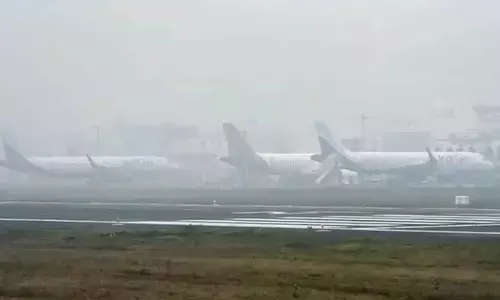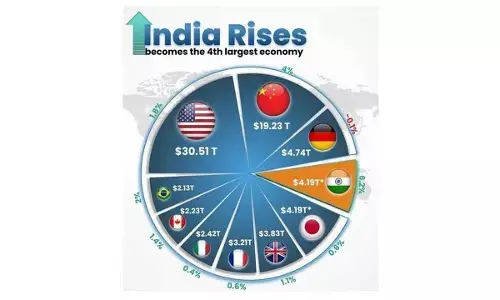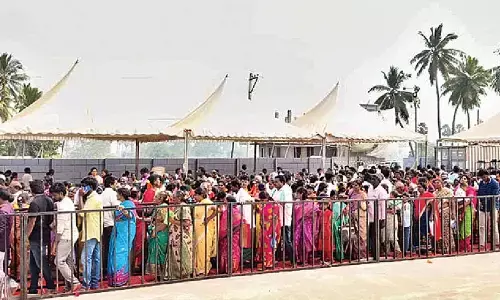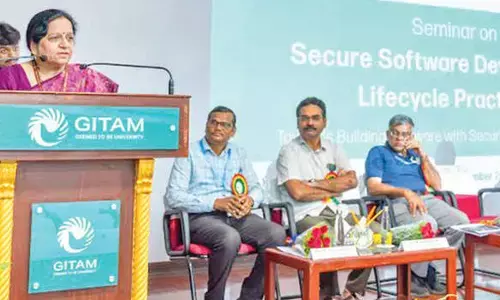Apps and social revolutions

The smartphone has been a pivotal tool that has been used to organise communications from disaster scenarios to civil disobedience protests across the world. From the occupy Wall Street movement to the Asian tsunami response, smartphones and their onboard cameras have been helping people communicate and coordinate with each other
The smartphone has been a pivotal tool that has been used to organise communications from disaster scenarios to civil disobedience protests across the world. From the occupy Wall Street movement to the Asian tsunami response, smartphones and their onboard cameras have been helping people communicate and coordinate with each other. People are turning to technologies in large numbers to have their collective voices heard.

Apps like WhatsApp and WeChat are extensively used for quick communication between users. Websites like FaceBook, Twitter, Instagram, and others, have been crucial in immersing the users into the front lines and providing support to organisers by rapidly disseminating information. The Occupy Wall Street revolution started with hashtags. Iran’s 2009 revolution was also called the Twitter revolution since a majority of the protesters used it to organise themselves. Facebook and Youtube have immersed us into the front lines of Arab Spring, Ukraine, Turkish revolution, and Syria’s civil war. The London riots were narrated on Blackberry messenger. Turkish protestor turned to virtual private networks that cannot track people to keep away from reprisals.
While smart phone can make it easier to put information at our fingertips, a critical weakness is the need for access to the internet. Unfortunately, outdoor public events, political speeches, and other events where many people congregate, the internet comes to a grinding halt. A huge disaster can lay bare a lot of the connectivity lines completely cutting off communication between people. In some of the civil disobedience protests across the world governments proactively jam radios, cut off access to the app stores, or even shut down the internet to prevent campaigns from going viral and limiting the ways people can organise.
The recent Hong Kong protests have spawned a new app that is helping people communicate even in the absence of the internet or without any cellphone connection. Firechat (created by OpenGarden) is an off the grid chat app that uses mesh networking to allow direct communication from one phone to another. Mesh networking uses wi-fi direct or bluetooth radios on the mobile devices as nodes for creating and organising a dynamically changing network. With a lot of people downloading the app, and many of them in the same area, a massive mesh network is created to share information without even sending a single packet over the internet. With larger crowds the information travels farther and has many ways to reach the destination despite the movement of people in these crowds. In Hong Kong, one example where it was effectively used was to inform where more umbrellas were needed for protection against pepper spray. One issue with Firechat is the lack of encryption which means that messages can be read by anyone within range and can later lead to reprisals. Bluetooth users have MAC addresses by which they could be tracked down for retribution later. Firechat is working on adding encryption capabilities to their app in the near future.
Several other apps beyond Facebook, Instagram, WhatsApp, Youtube, that have been used for disseminating information include:
Google docs: Publicly accessible, constantly updated documents that list the needs at each of the protest locations--food, water, umbrellas, first aid, bus drop off points, plastic wrap and goggles to protect the crowds from tear gas and pepper spray
Zello: Turns mobile devices into two-way walkie talkies; was actively used in the Ukraine and Venezuela revolutions. It enables voice communication without calls and is analogous to SMS without typing. Users can broadcast voice messages to groups.
Hotspot Shield: Allows users to secure their connection while surfing wi-fi hotspots. This allows a surfer to even access blocked sites like Twitter in Venezuela or Instagram in China.
Obscura Cam: Allows the user to obscures the faces, removes geolocations tags and other metadata to protect people’s identities and make them anonymous.
Orweb: A private browser that bounces encrypted messages several times across the world to evade tracking and censorship.
Every major civil disobedience movement seems to have given rise to a new technology for mass consumption. With governments cutting off access to popular apps like Whatsapp, Instagram and others, rapid innovation is leading to newer technologies and apps. People are now able to organise themselves at lightning pace compared to the earlier revolutions. These apps are becoming the nerve centers of verified information and creating a huge ripple effect in updating and disseminating the information as it happens.















